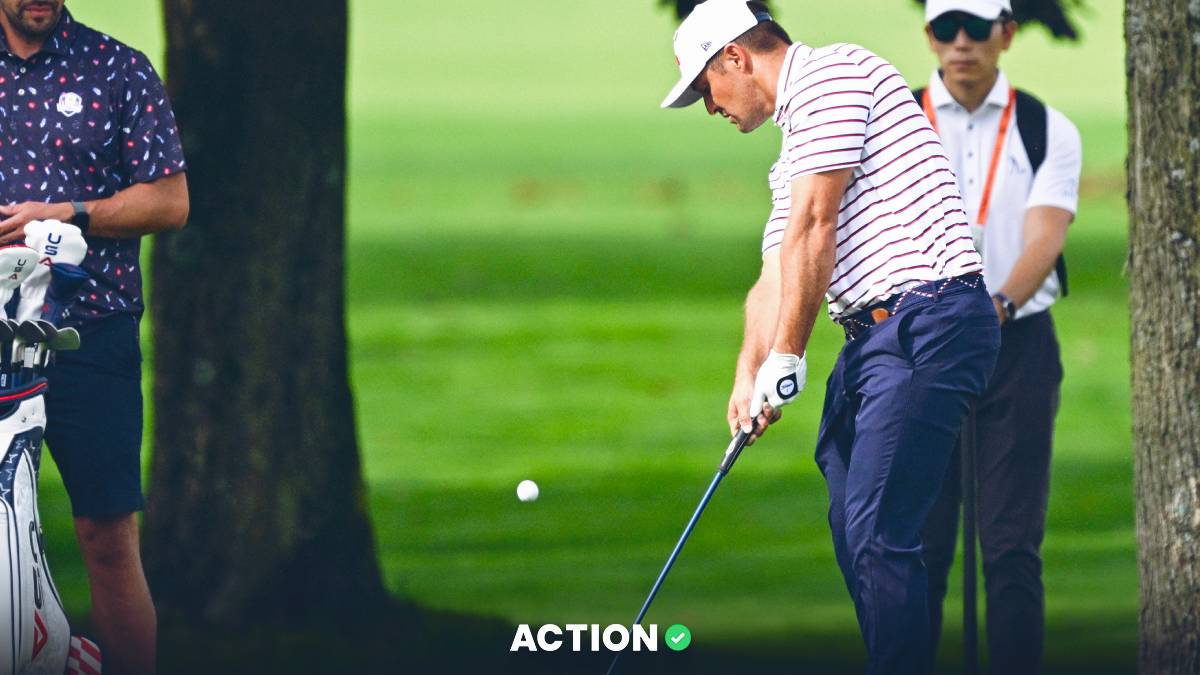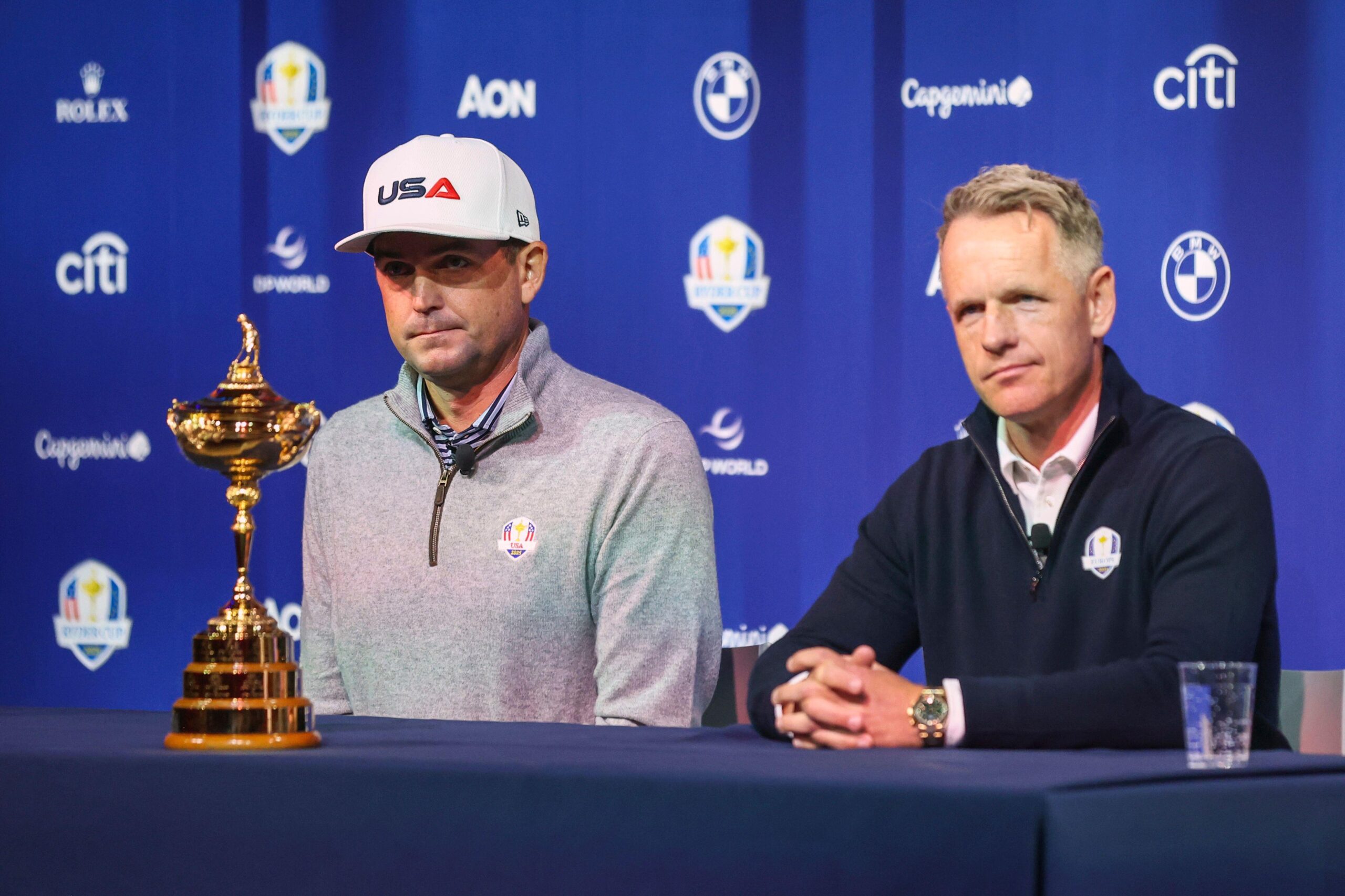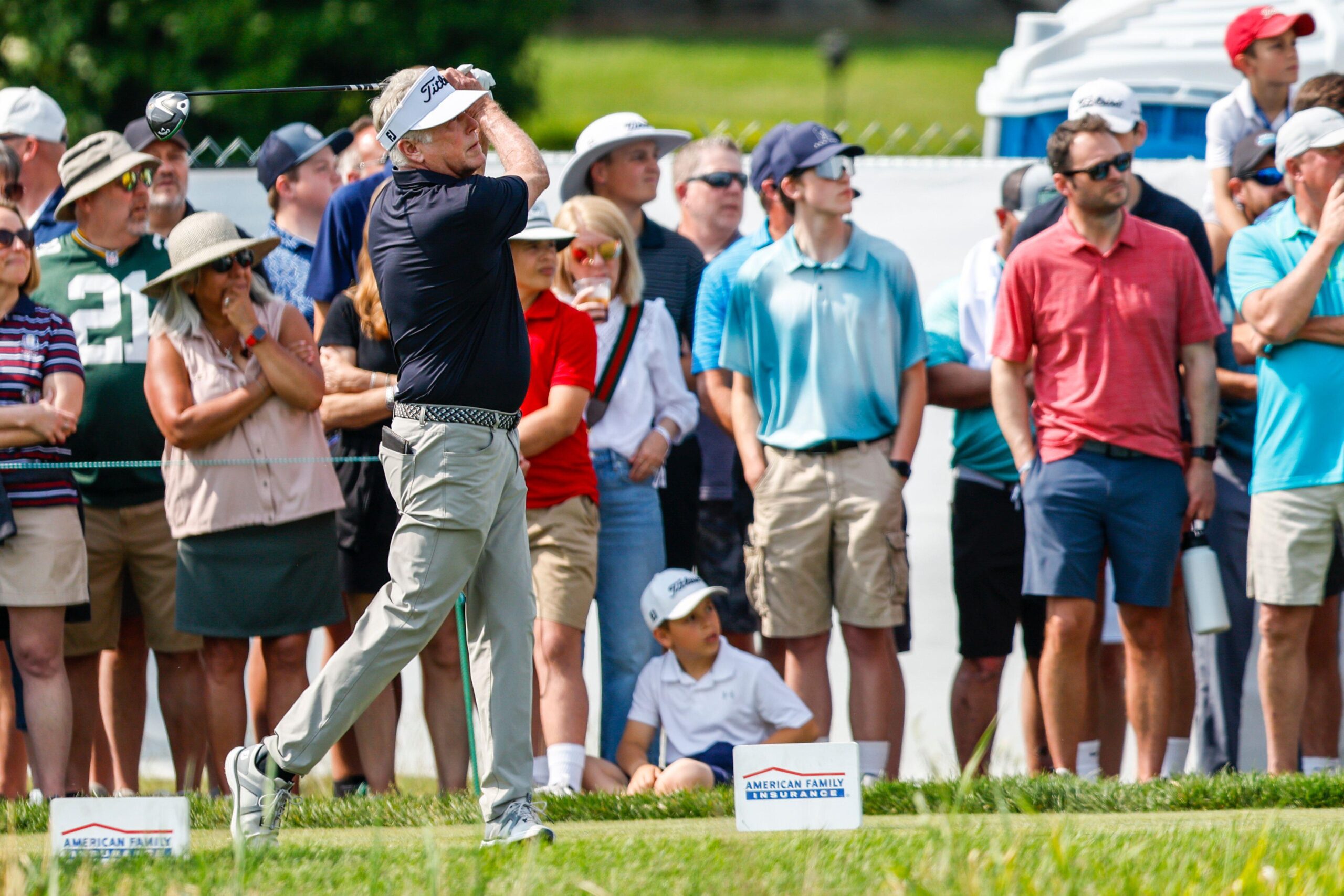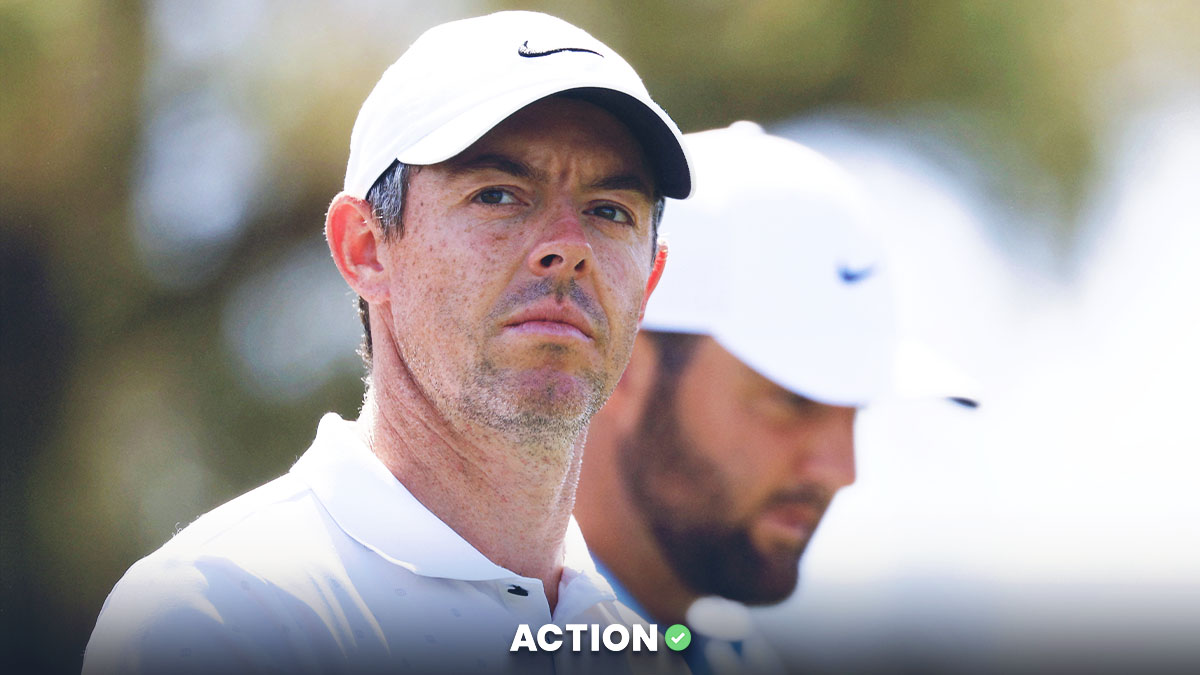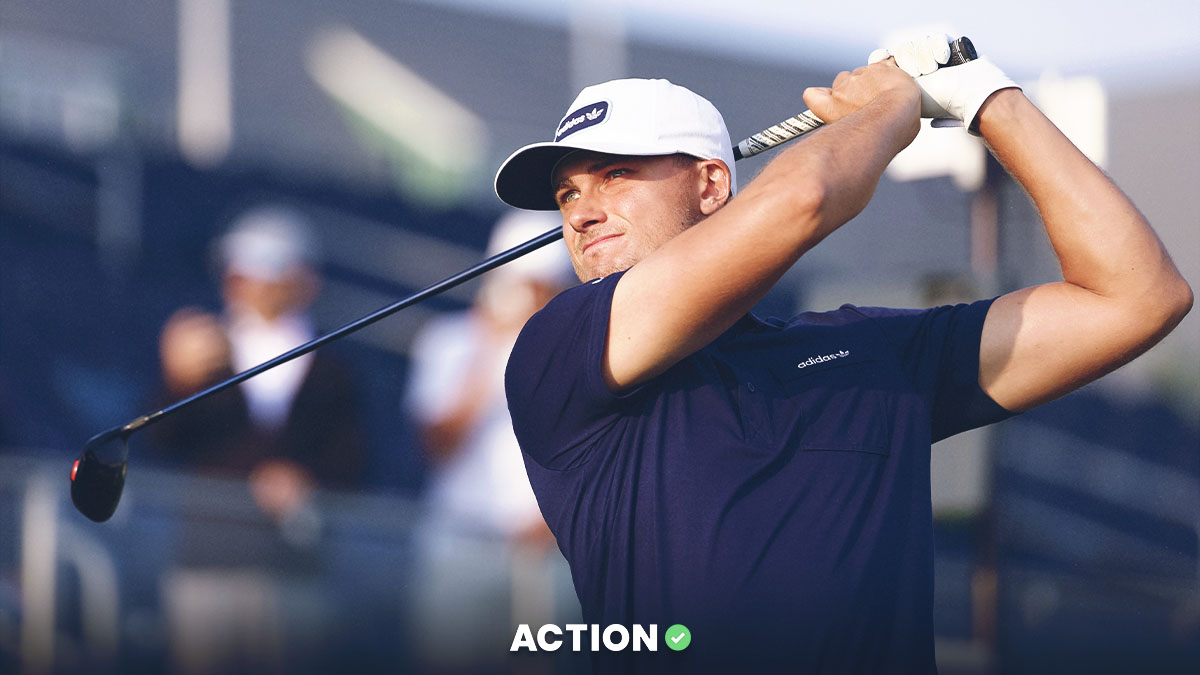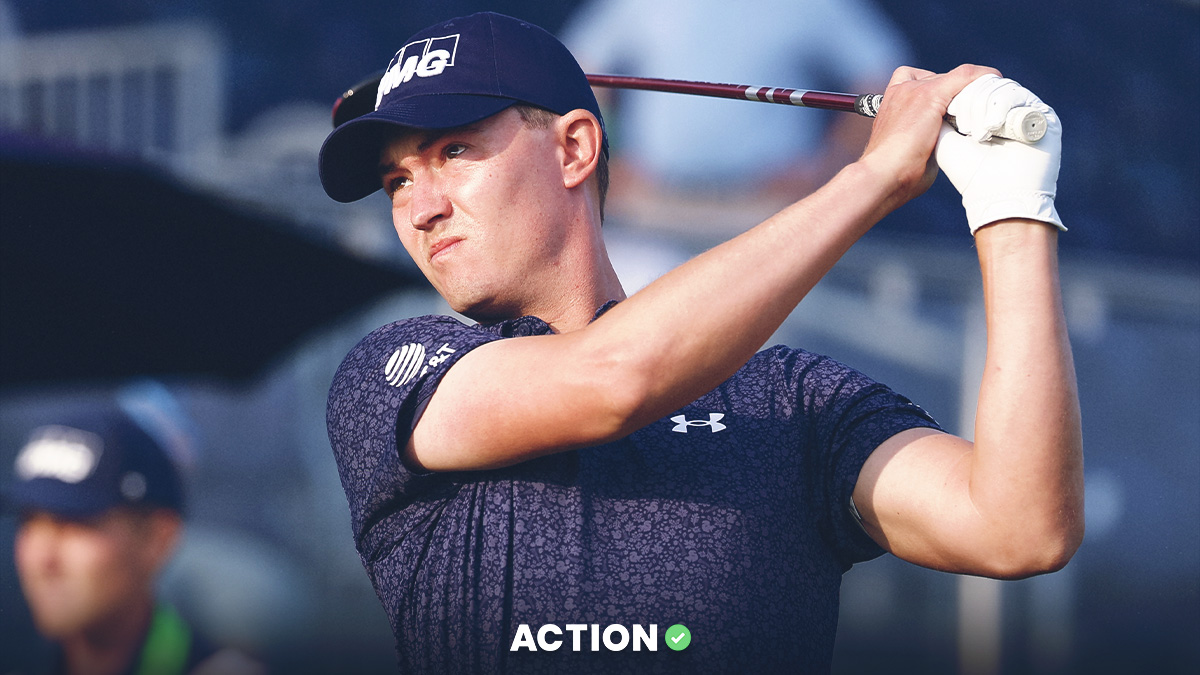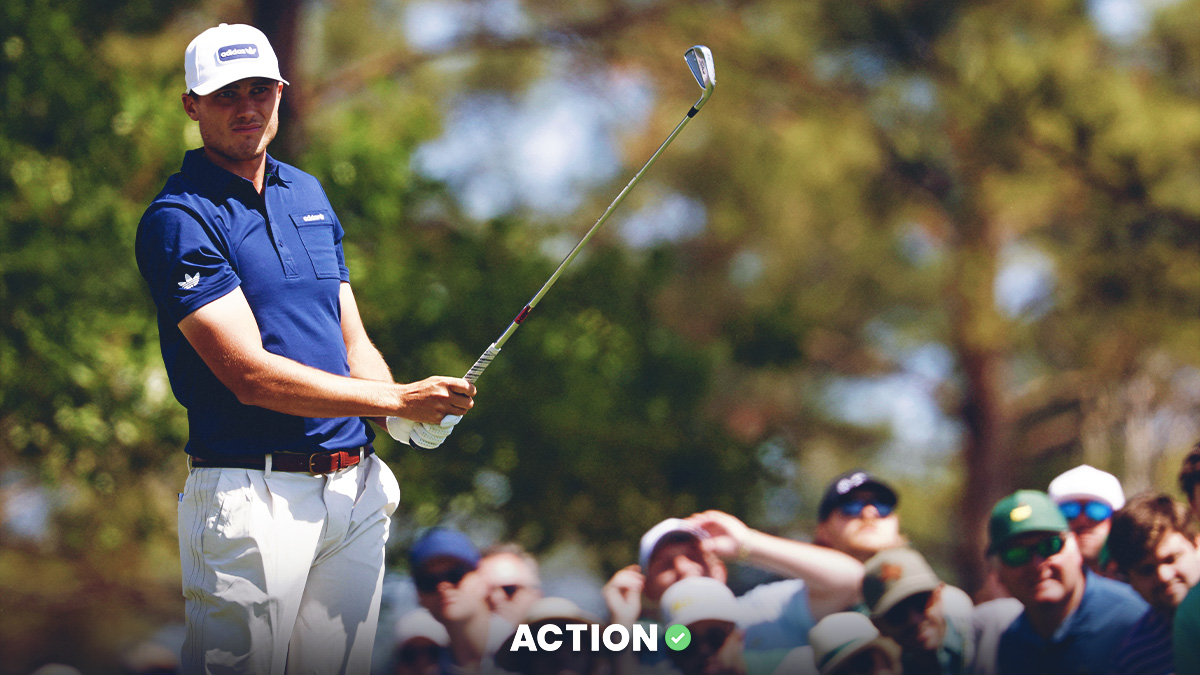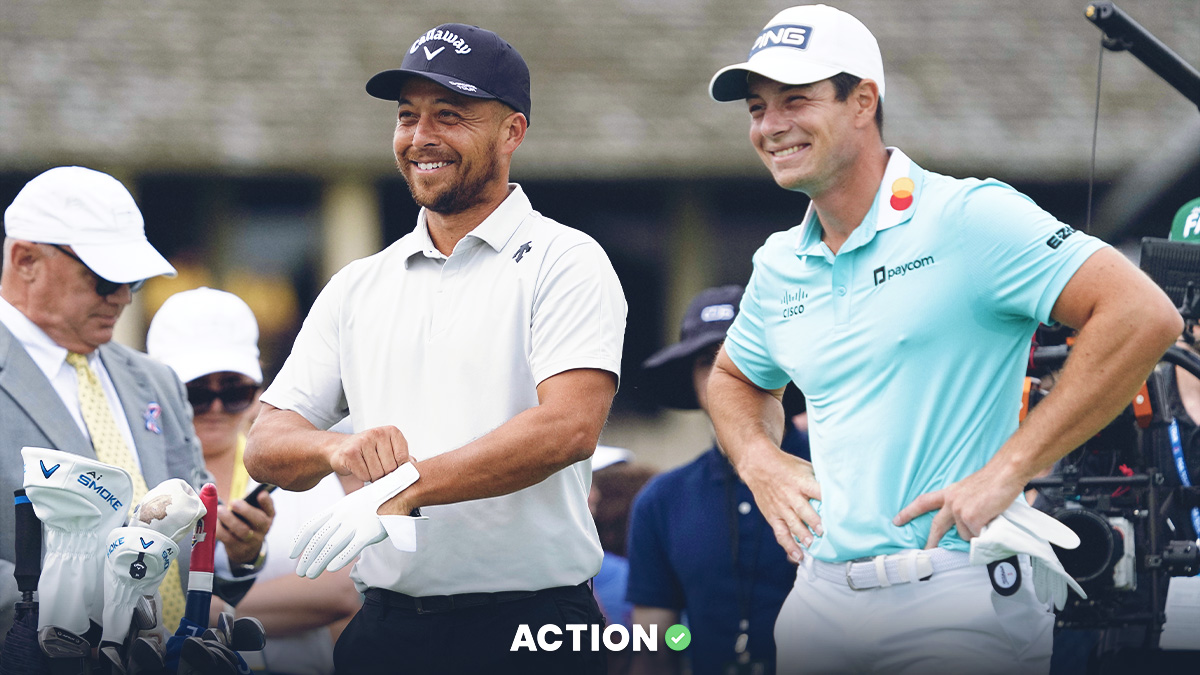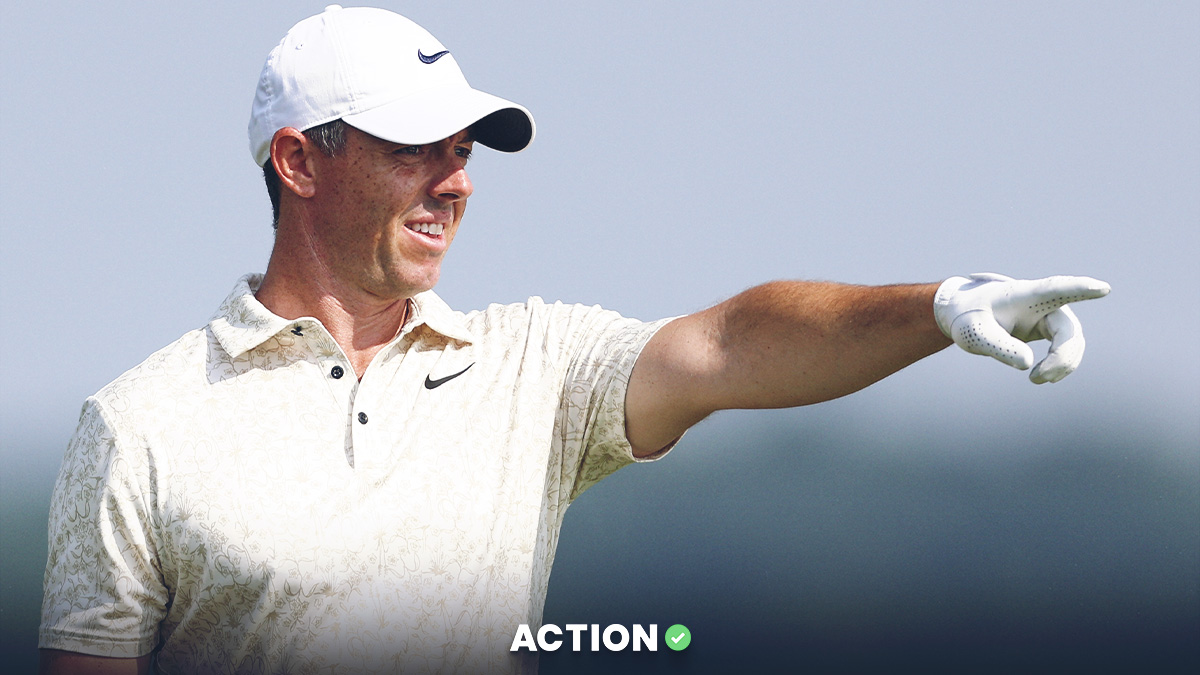The Country Club of Jackson is a straightforward course.
You often hear that answer and think modeling for the event will be simple in its construction, but I've always found events like this challenging because you typically get more routes for success when scoring opens up for the field.
We saw someone like Sam Burns do the brunt of his work with his driver and irons when he won this title in 2021. That event saw him lose heavily with his putter before gaining over 3.5 strokes per round with his ball striking.
You flip that answer, with Luke List being neutral with his irons last year en route to gaining nearly 2.5 shots per round with his short game, to realize that the solutions open up the playbook for everyone in the field.
For the purposes of research, there are probably four avenues you need to pinpoint when building a model.
- Can you take advantage of this layout off the tee? You will see that players only hit 53% of fairways. However, the missed fairway penalty is virtually non-existent because of the lack of hazards.
- Can you gain with your irons, specifically when diving into the short iron variety? Players will see a decrease compared to expectation from each 25-yard bucket this week, barring the two exceptions between 100-125 yards and 125-150 yards. The nearly 36% ask from that 100-150 range is almost seven percent higher than average.
- How do you perform putting on extremely fast Bermuda greens? That would probably be the most critical factor of the group since it lands as the only metric to grade above the PGA Tour average.
Can you generate a scoring upside on the four par-fives and singular short par-four that measures under 350 yards? Unfortunately, that metric generates the most volatility (over 47% of the winning score output has been created on the four par-five holes alone). We then add 12% on that short par-four 15th, and you get this data return that shows 27% of the holes accounting for nearly 60% of the winning score.
It doesn't suggest other ranges won't still play of the utmost importance, since five holes have a 20%+ bogey rate. However, we're mostly looking at the par-threes and lengthier par-four holes as the sections we want to avoid mistakes on before attacking the more gettable locations.
That's okay on some level for modeling, but that's where this straightforward answer plays against us, since you get the same ask repeatedly, culminating in this peak five-hole stretch where you need to score or be left behind.
That's fine for the outright market when taking deeper shots.
There really isn't such a thing as ignoring volatility in that sector as we stand, but I do think it marginally hurts every other market because the ramifications of an unpredictable output will start affecting the bottom-line production if you get on the wrong side of variance.
Good Chalk
*** All players had to be over 10% in projected ownership
Michael Thorbjornsen ($7,200)

- 43rd-Highest DraftKings Price
- 58th-Highest Betting Price
- 17th-Highest Projected Ownership Total
The space seems to have embraced a "group-think" mentality regarding the often volatile Michael Thorbjornsen.
I didn't start this week thinking he would be over 10% owned, nor did I expect my model to generate the sort of output it did for him. In fact, Thornjornsen hasn't finished better than 50th in his past four starts.
That answer isn't typically what you see for a golfer who climbs over a 10% projection rate.
Still, whether it's a culprit of my model, other data providers or sharp money hitting the market with his outright total, it does feel as if the industry is taking a calculated risk in the boom-or-bust nature of his game.
Thornjornsen experienced nearly a 30-spot increase in Weighted Proximity versus his baseline totals because of the stout production he's projected to provide from between 100-150 and over 200 yards.
When we add that to a distance-heavy driver that has the propensity to take advantage of the generous layout I described above when talking about the course, we get a golfer with a massive ceiling in this watered-down field.
It won't come without risk — which is why the ownership leaves some concerns — but there may not be a better win equity candidate on the board below $7,500 than Thorbjornsen.
Similar Options To Consider Below 6% Ownership: Jacob Bridgeman ($7,400), Zach Johnson ($6,900), Ryo Hisatsune ($6,800), Roger Sloan ($6,500)
Mac Meissner ($8,000)

- 21st-Highest DraftKings Price
- 19th-Highest Betting Price
- 13th-Highest Projected Ownership Total
<
p class="p1">Mac Meissner has turned into a ball-striking savant early in his PGA Tour career, ranking second for Weighted Proximity when running the data for this week's course.
The iron play will always be a reason to be optimistic when looking into the numbers.
However, he also added a top-10 grade when putting on Bermuda, which provides him with the two-step equation I have discussed a lot this week of finding success with your putter and one other critical factor.
His game has trended well now for a few months, with four top-20 finishes over his last six starts.
While we aren't dealing with a "zero ownership golfer," I thought this percentage might have been double when he opened at $8,000 on DraftKings.
I would consider this a rebate because of his poor putting at the Procore Championship.
Similar Options To Consider Below 7% Ownership: Doug Ghim ($7,900), Chandler Phillips ($7,500)
Chan Kim ($8,900)

- 12th-Highest DraftKings Price
- 12th-Highest Betting Price
- 6th-Highest Projected Ownership Total
I consider this Chan Kim situation to be a condensed version of what I discussed with Thorbjornsen.
No top-five finishes in 46 events should've left something to be desired in the minds of DFS players, but the industry has seen something in the profile to warrant an aggressive backing of Kim this week.
Kim ranked second in my model at easy-scoring properties and climbed to an impressive 10th for recent Strokes Gained Total.
While some of the high-end marks on the leaderboard are still lacking, five top-29 finishes in his past six starts will show a golfer trending toward something better than we've historically received.
Similar Options To Consider Below 11% Ownership: Eric Cole ($9,200)





